Critical thinking is an essential skill that goes beyond mere problem-solving. It involves the ability to analyze, evaluate, and synthesize information to make informed and reasoned decisions. In this article, we delve into the core techniques that underpin critical thinking, explore the wide-ranging benefits of honing this skill, and discuss its practical applications in everyday life. We also examine the role of critical thinking in education, the common obstacles that can impede effective thinking, and offer strategies to enhance these abilities. Whether you’re seeking to improve your personal or professional life, mastering critical thinking is key to navigating today’s complex world with confidence and clarity.
Discover more about this topic with weninsure.xyz in detail.
1. Core Techniques of Critical Thinking: Examination of key methods, such as questioning, analysis, and synthesis, used to enhance critical thinking skills.
Critical thinking is grounded in several core techniques that are crucial for enhancing this vital skill. One of the primary methods is questioning, which involves probing deeper into assumptions, ideas, and arguments to uncover underlying truths and biases. By asking the right questions, critical thinkers can challenge existing perspectives and foster a deeper understanding of the subject at hand.
Analysis is another key technique, where information is broken down into its constituent parts to examine relationships, patterns, and meanings. This method allows individuals to evaluate evidence, distinguish between relevant and irrelevant information, and make informed judgments.
Synthesis, the third essential technique, involves combining different ideas, information, and perspectives to form a coherent and comprehensive understanding. Through synthesis, critical thinkers can integrate diverse viewpoints and develop well-rounded conclusions. By mastering these techniques—questioning, analysis, and synthesis—individuals can significantly enhance their ability to think critically, leading to more effective problem-solving and decision-making in various aspects of life.
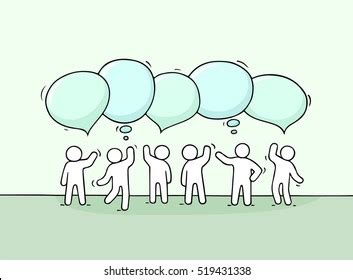
2. Benefits of Developing Critical Thinking: Exploration of how improved critical thinking leads to better decision-making, problem-solving, and effective communication.
Developing critical thinking skills offers numerous benefits that extend across personal and professional domains. One of the most significant advantages is improved decision-making. By critically analyzing options and potential outcomes, individuals can make more informed, logical choices, reducing the likelihood of errors and unintended consequences.
Critical thinking also enhances problem-solving abilities. When faced with complex challenges, a critical thinker can break down the issue, evaluate possible solutions, and select the most effective approach. This systematic process leads to more efficient and successful problem resolution.
Effective communication is another key benefit of strong critical thinking skills. Individuals who think critically can present their ideas more clearly, support their arguments with evidence, and anticipate counterarguments. This ability to articulate thoughts and respond thoughtfully to others fosters better collaboration and understanding in both personal and professional settings. Ultimately, developing critical thinking skills empowers individuals to navigate life’s complexities with greater confidence and competence.
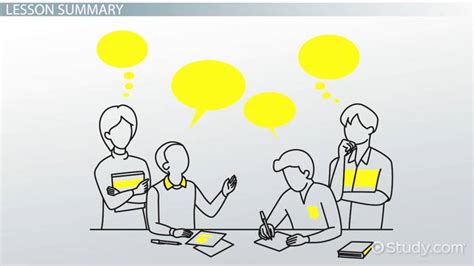
3. Practical Applications in Everyday Life: Examples of how critical thinking can be applied to daily scenarios, from personal decisions to professional challenges.
Critical thinking is not just an academic exercise; it has practical applications in everyday life, influencing both personal and professional decisions. For example, when making personal choices, such as managing finances, critical thinking helps individuals evaluate their spending habits, assess the risks and benefits of investments, and plan for the future. By questioning assumptions and analyzing financial options, one can make more informed decisions that lead to greater financial stability.
In the workplace, critical thinking is essential for navigating complex problems and making strategic decisions. Whether it’s determining the best approach to a project, resolving conflicts among team members, or negotiating with clients, critical thinking enables professionals to weigh options carefully, consider the potential outcomes, and choose the most effective course of action. This not only improves the quality of decisions but also enhances problem-solving efficiency and fosters innovation.
Moreover, critical thinking is invaluable in interpersonal relationships. It allows individuals to communicate more effectively by considering different perspectives, questioning underlying assumptions, and responding thoughtfully rather than reactively. This leads to more meaningful and productive interactions, whether in family discussions, friendships, or professional collaborations.
Overall, applying critical thinking in daily life empowers individuals to approach challenges with a clear, analytical mindset, leading to better outcomes and more thoughtful, reasoned decisions in all aspects of life.
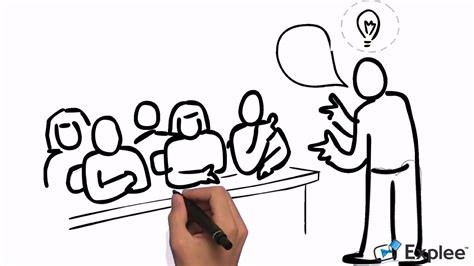
4. Critical Thinking in Education: Analysis of how critical thinking is integrated into educational curriculums and its impact on student learning and academic performance.
Critical thinking is increasingly recognized as a fundamental component of education, deeply integrated into curriculums across various subjects. In classrooms, students are encouraged to move beyond rote memorization and engage in activities that promote questioning, analysis, and synthesis of information. These activities, such as debates, problem-based learning, and case studies, are designed to develop students’ ability to think critically about the material they are learning.
The impact of critical thinking on student learning is profound. Students who regularly practice critical thinking are better equipped to understand complex concepts, identify connections between ideas, and apply their knowledge to real-world situations. This deepened understanding often leads to improved academic performance, as students are able to approach exams, essays, and projects with a more analytical mindset.
Moreover, critical thinking fosters a lifelong love of learning. By encouraging curiosity and independent thought, educators help students become more self-directed learners who are motivated to explore subjects in greater depth. This not only prepares them for higher education and careers but also equips them with the skills necessary to navigate an increasingly complex world. In essence, the integration of critical thinking in education cultivates not just better students, but more thoughtful, capable individuals.

5. Common Obstacles to Effective Critical Thinking: Identification of typical barriers and biases that hinder critical thinking and strategies to overcome them.
Despite its importance, several common obstacles can hinder effective critical thinking. One major barrier is cognitive bias, where individuals unconsciously favor information that confirms their preexisting beliefs while dismissing contradictory evidence. This bias can prevent objective analysis and lead to flawed conclusions.
Another significant obstacle is emotional reasoning, where feelings are allowed to override logical thinking. When decisions are driven by emotions rather than facts, it can lead to poor judgment and ineffective problem-solving. Similarly, the influence of groupthink—where the desire for harmony within a group suppresses dissenting opinions—can stifle critical analysis and lead to suboptimal outcomes.
A lack of relevant knowledge or experience can also impede critical thinking. Without a solid foundation of information to draw upon, it’s difficult to analyze situations effectively or generate well-reasoned solutions. Additionally, time constraints can pressure individuals to make hasty decisions without fully considering all the available evidence.
Overcoming these obstacles requires self-awareness and deliberate practice. Recognizing and challenging cognitive biases, seeking out diverse perspectives, and creating an environment that encourages questioning and debate can enhance critical thinking. Developing emotional intelligence to manage emotional reasoning and ensuring adequate time and resources for thoughtful analysis are also essential strategies. By addressing these barriers, individuals can sharpen their critical thinking skills and make more informed decisions.
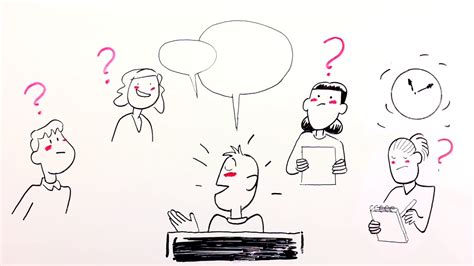
6. Strategies for Enhancing Critical Thinking Skills: Practical exercises and activities designed to develop and strengthen critical thinking abilities.
Enhancing critical thinking skills requires consistent practice through targeted exercises and activities. One effective strategy is engaging in reflective journaling, where individuals regularly write about their thought processes, decisions, and reasoning behind them. This practice promotes self-awareness and helps identify areas for improvement.
Participating in debates and discussions is another valuable exercise. By actively engaging with different viewpoints, individuals can challenge their own beliefs, refine their arguments, and develop a more nuanced understanding of complex issues.
Problem-solving exercises, such as puzzles or case studies, are also instrumental in sharpening critical thinking. These activities encourage breaking down complex problems into manageable parts, analyzing the information, and developing logical solutions.
Additionally, reading widely across different subjects and genres can expose individuals to diverse perspectives and ideas, broadening their understanding and fostering critical analysis.
Finally, seeking feedback from peers or mentors on one’s reasoning and decision-making processes can provide valuable insights and help refine critical thinking skills. By incorporating these strategies into daily routines, individuals can steadily strengthen their ability to think critically and make well-informed decisions.
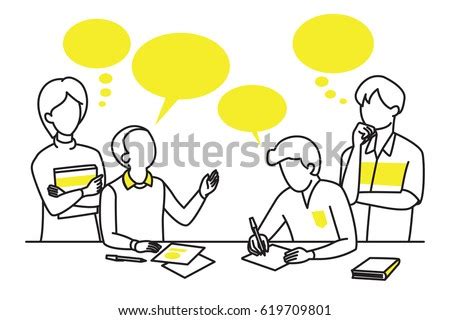
In conclusion, mastering critical thinking is essential for making informed decisions, solving complex problems, and communicating effectively. By understanding and applying core techniques, recognizing benefits, and overcoming common obstacles, individuals can enhance their critical thinking skills. Practical exercises and strategies further support this development, leading to more thoughtful and reasoned decision-making. Embracing critical thinking not only improves academic and professional outcomes but also en
weninsure.xyz

